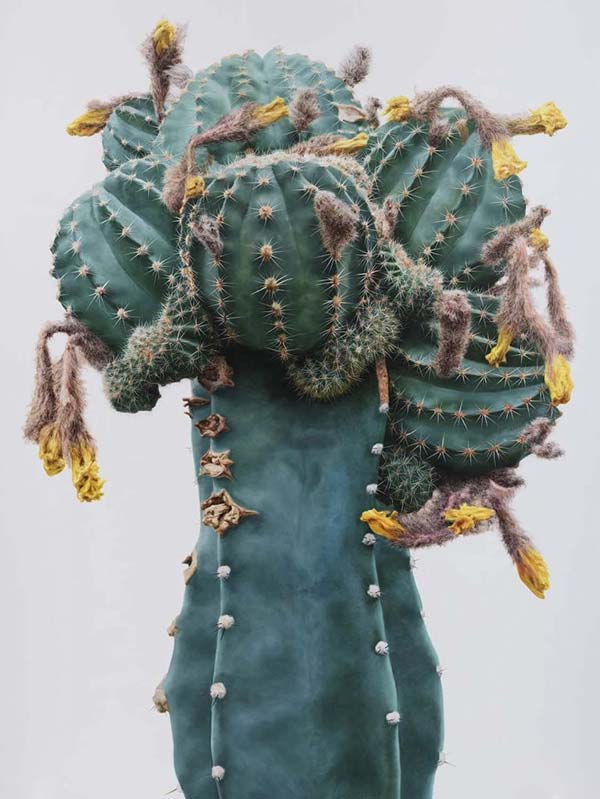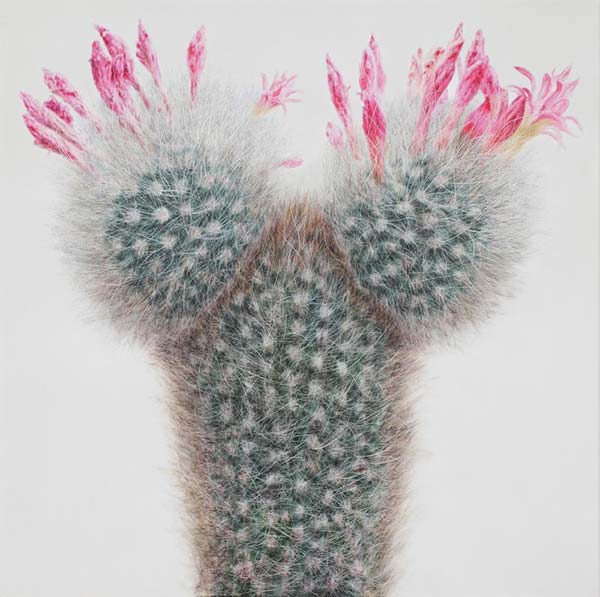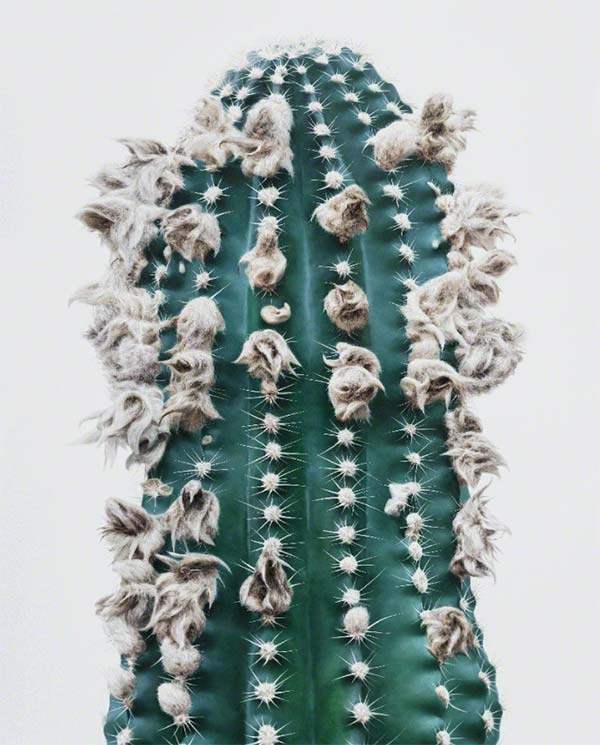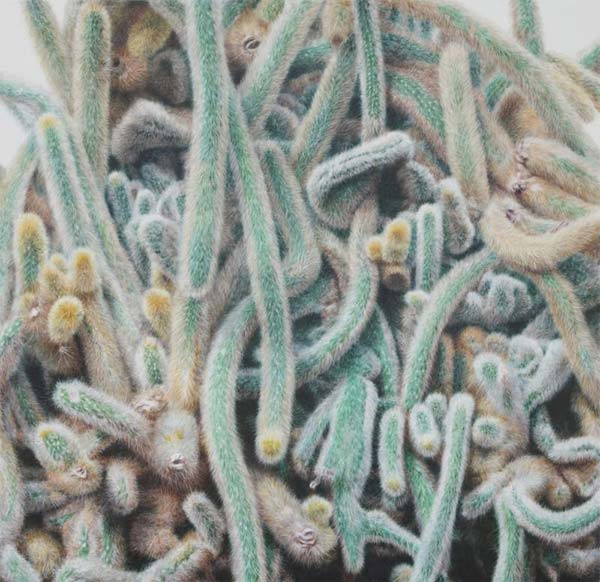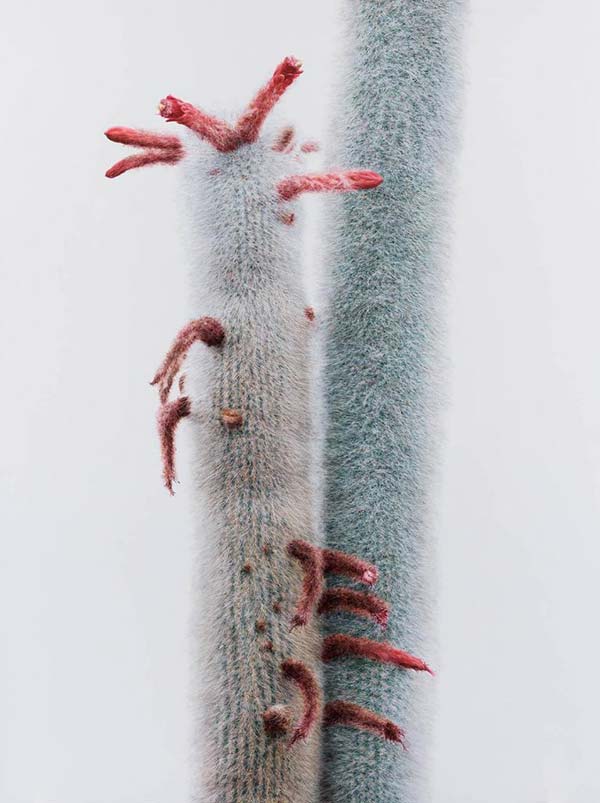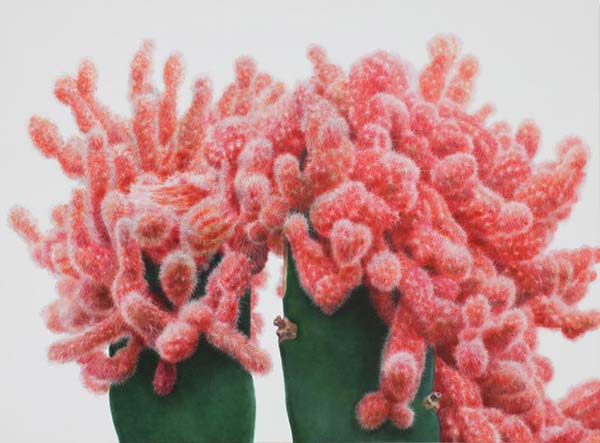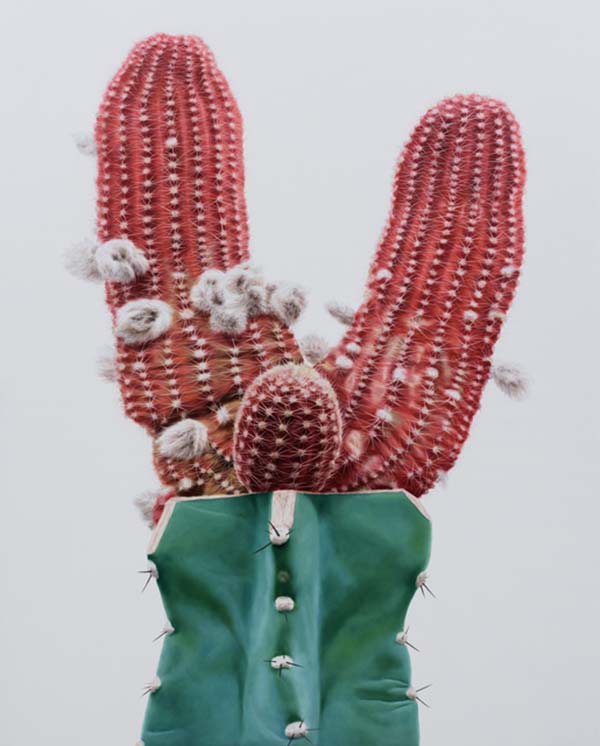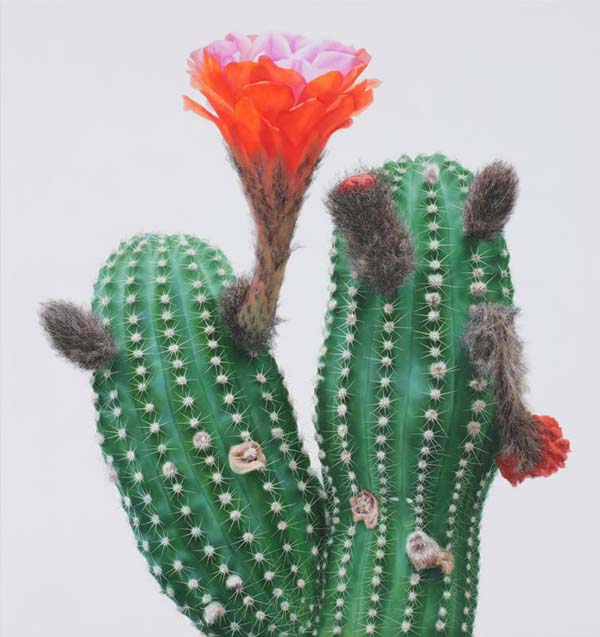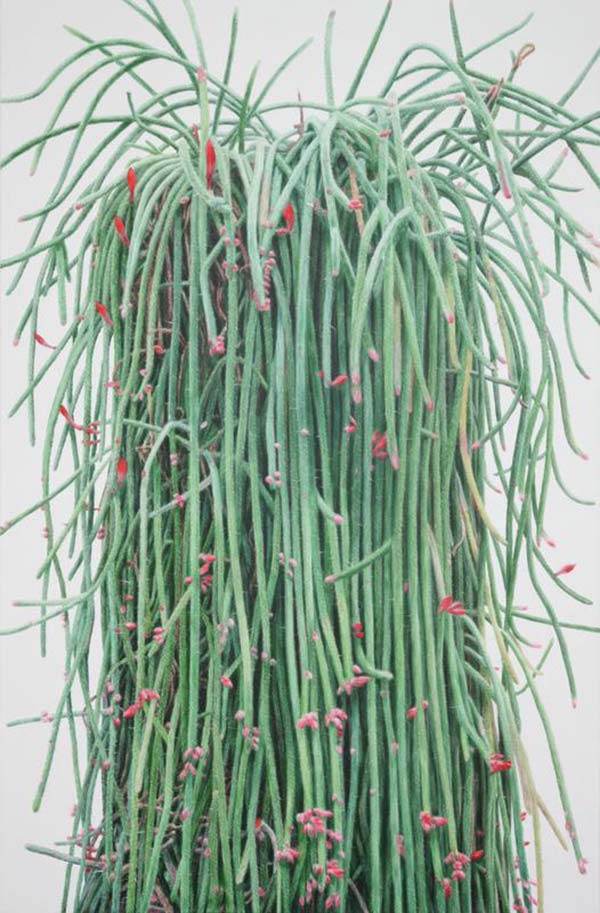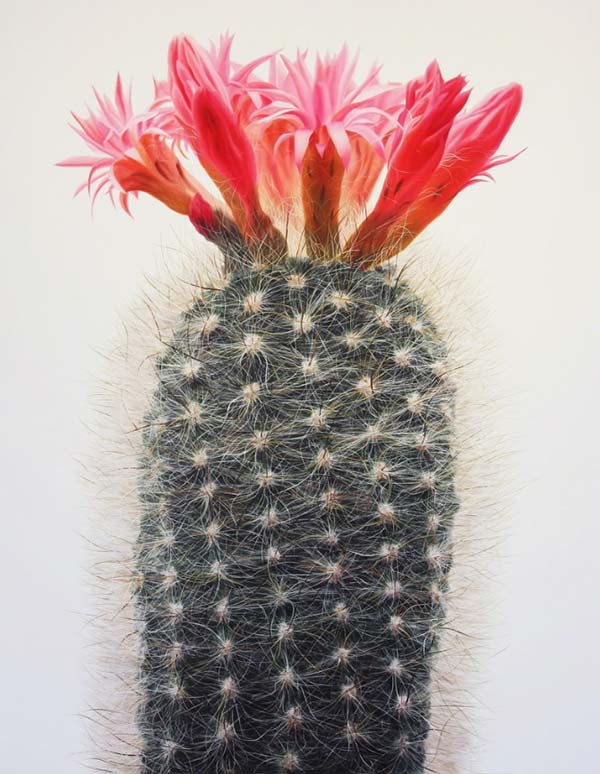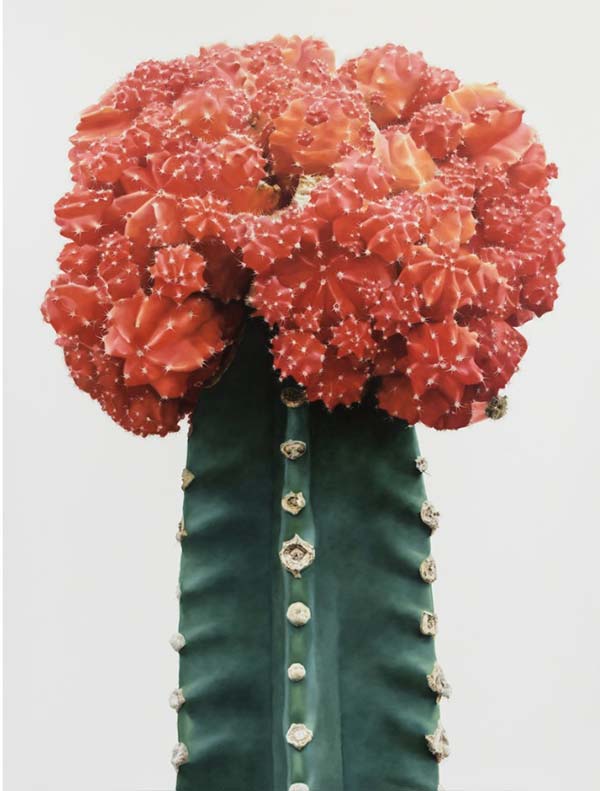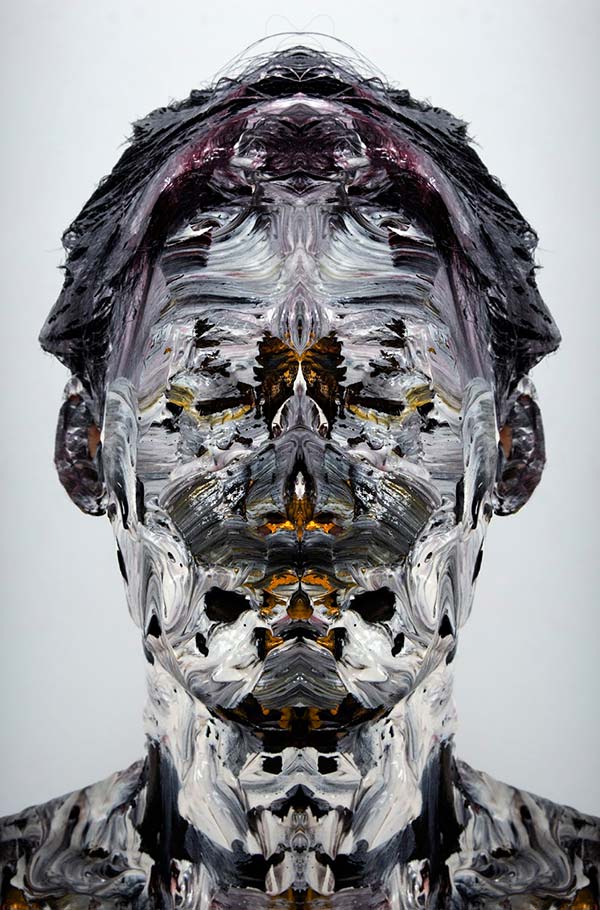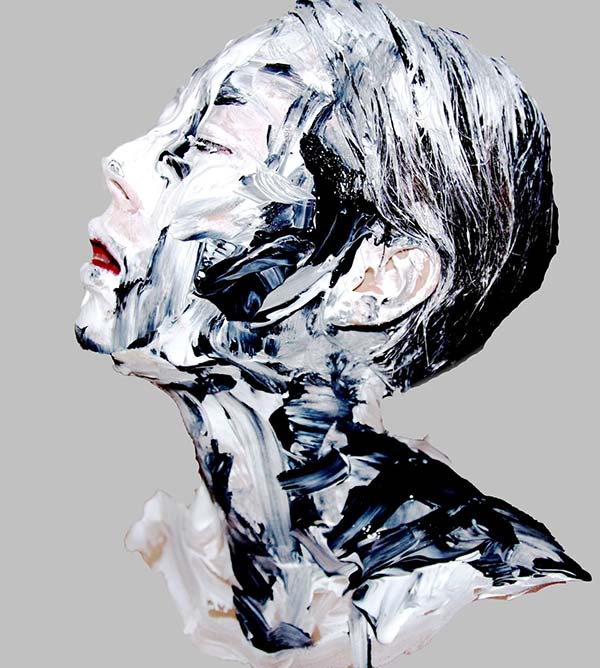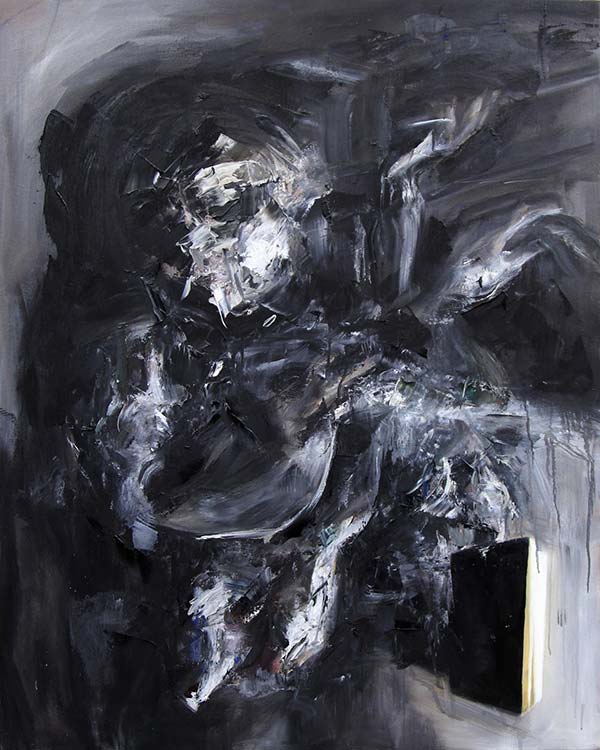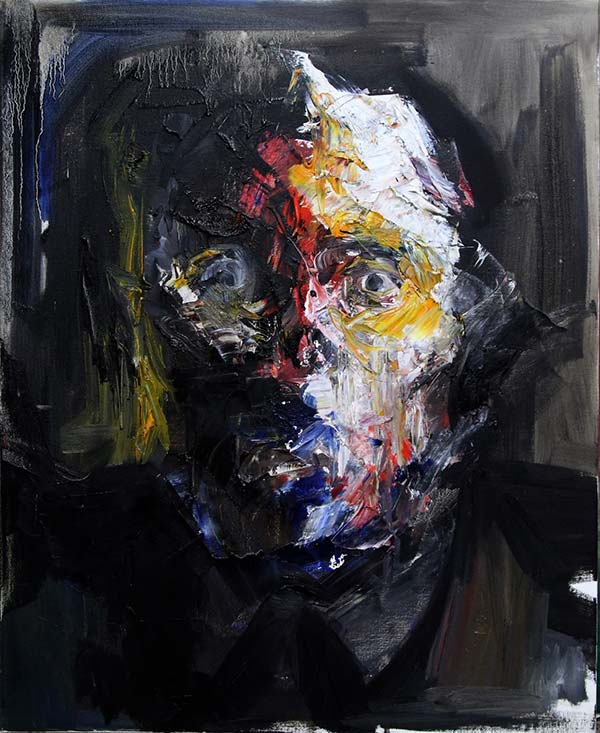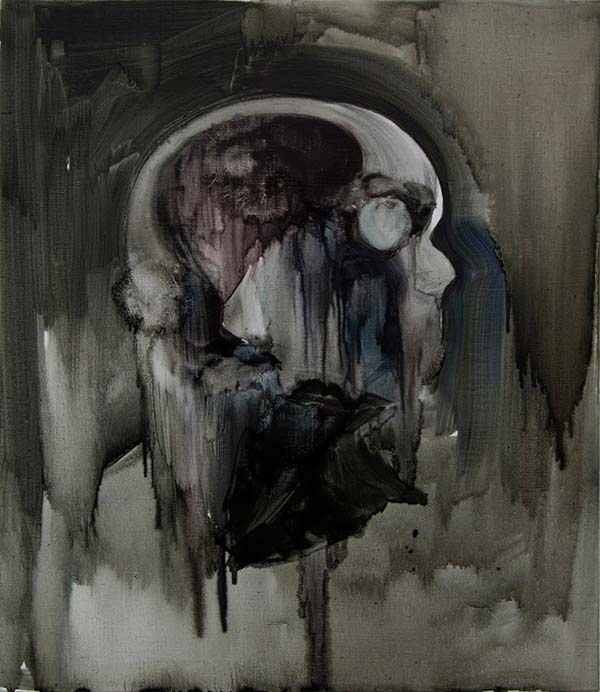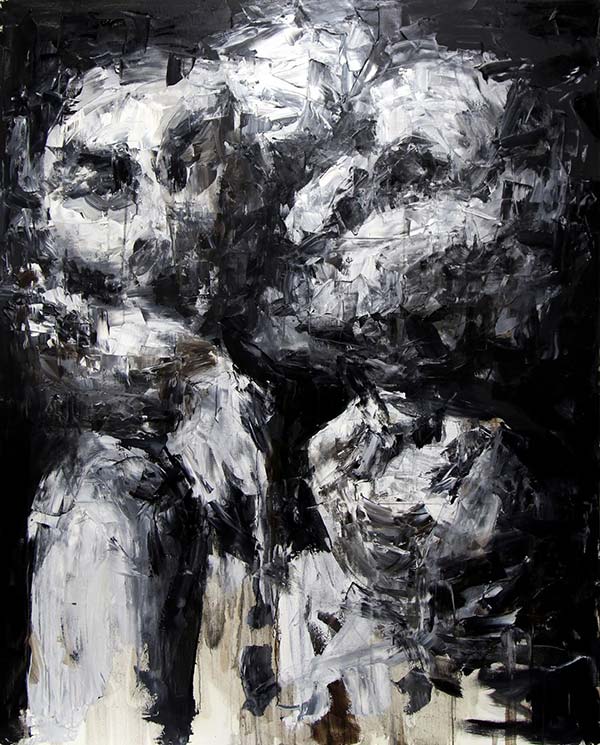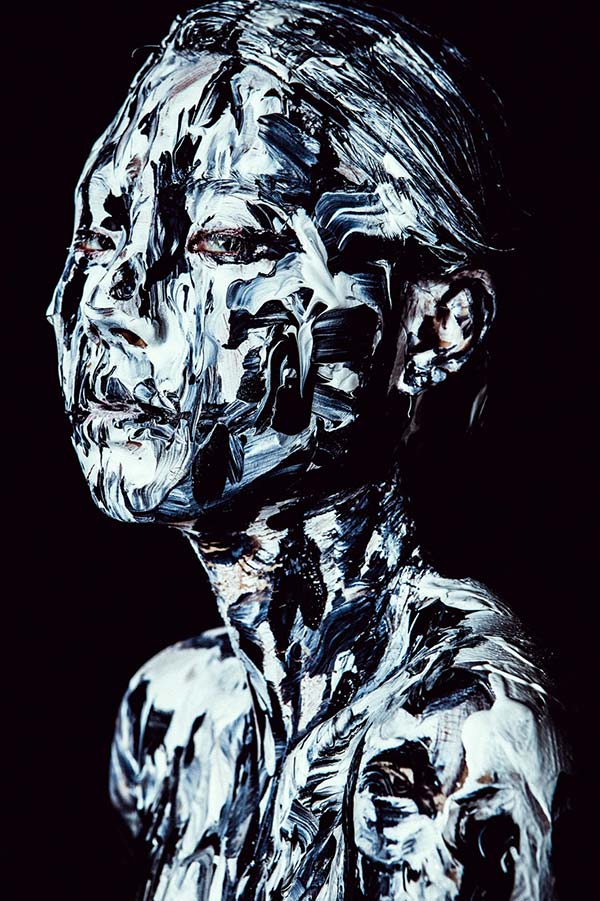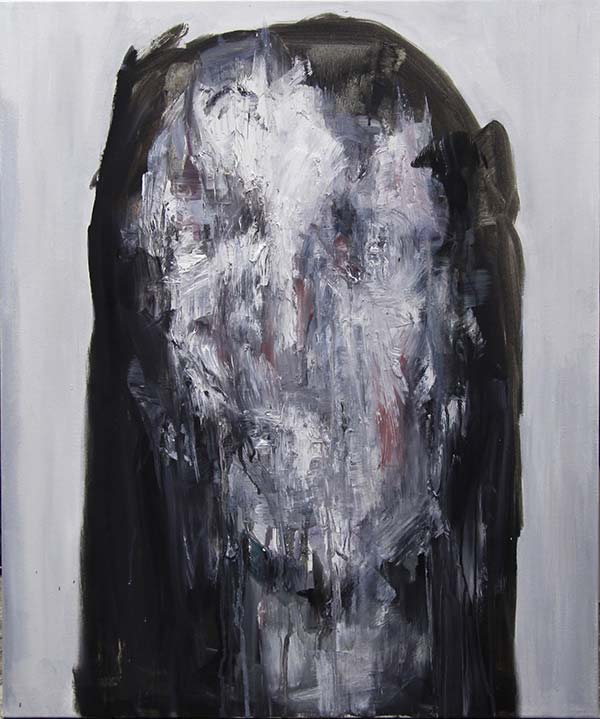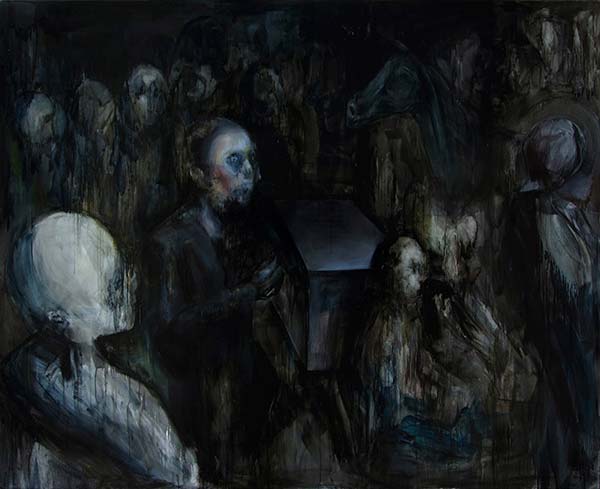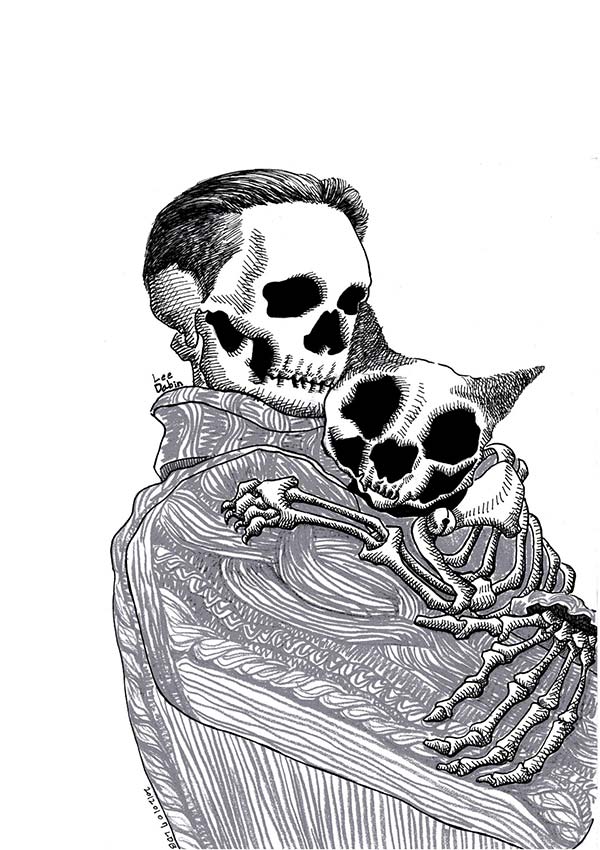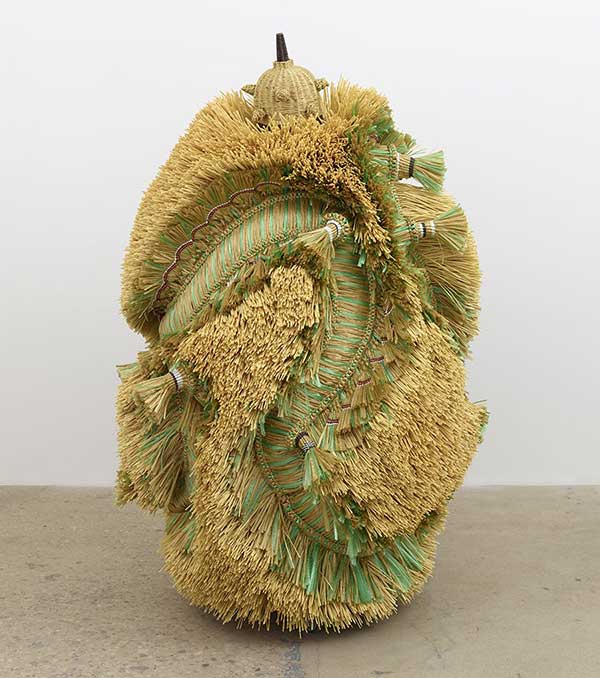
The Intermediate – Dragon Conglomerate, 2016
Artificial straw, steel stand, powder coating, artificial plants, artificial fruits, artificial vegetable, plastic twine, Indian bells, fringes, casters, 180 x 115 x 114.9 cm
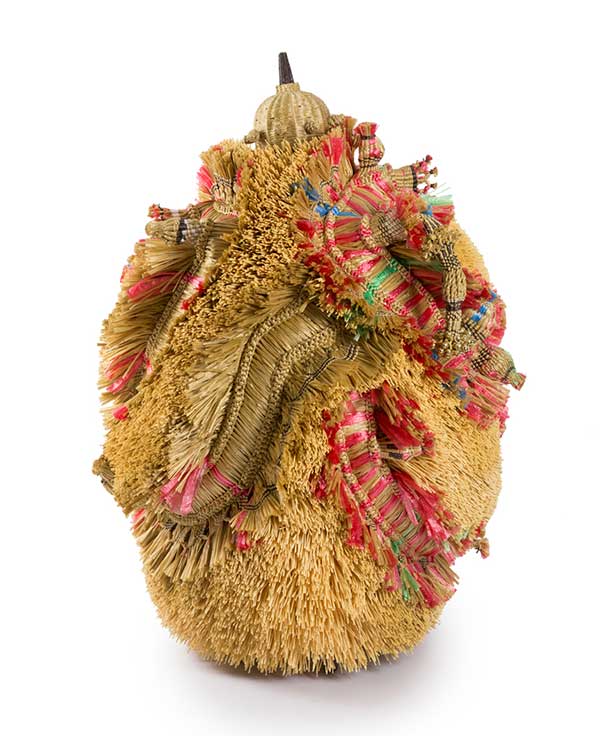
The Intermediate – Running Firecracker, 2016
Artificial straw, steel stand, powder coating, casters, plastic twine, brass plated bells, copper plated bells, 155 x 120 x 122 cm
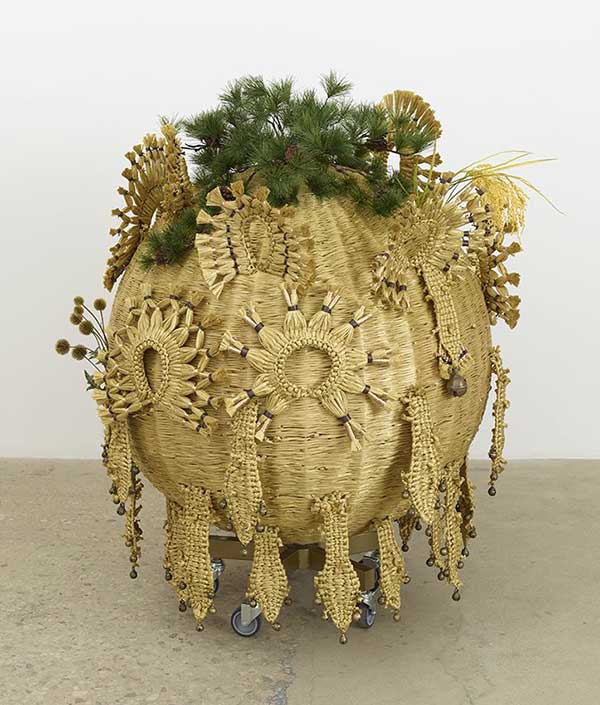
The Intermediate – Inceptive Sphere, 2016
Artificial straw, steel stand, powder coating, artificial plants, artificial fruits, plastic twine, Indian bells, casters, 135 x 115 x 115 cm
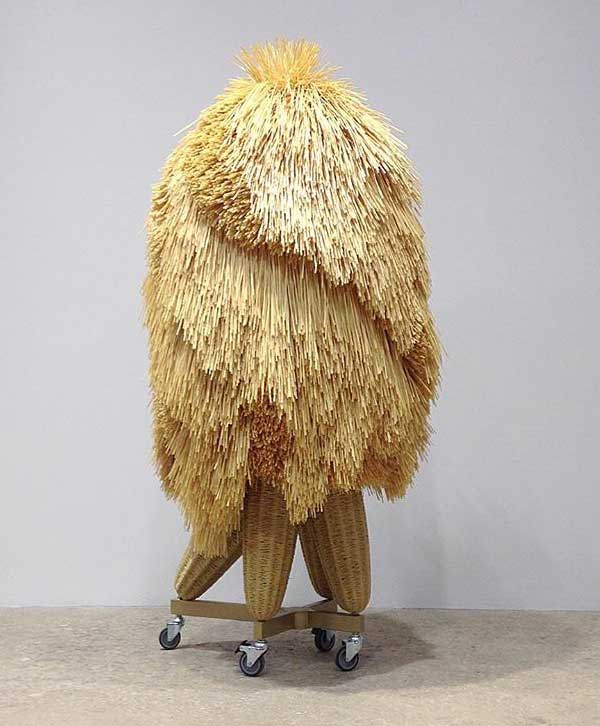
The intermediate - Asymmetric Quadrupedal Bushy-head, 2016
The Intermediates, a new group of works introducing extensive straw craftwork, focuses on the dispersion of materials and craft. While the various cultures of different regions have a degree of fundamental similarity, each civilization also constructs its own individuality; these works likewise explore folk concepts that have their own independent identity but, at the same time, a certain universality. Using straw―a material with folk implications, but which is common across human civilization―and the methodology of traditional straw craftwork, the artist approaches a level of interdisciplinary hybrid culture that transcends similarity and difference.
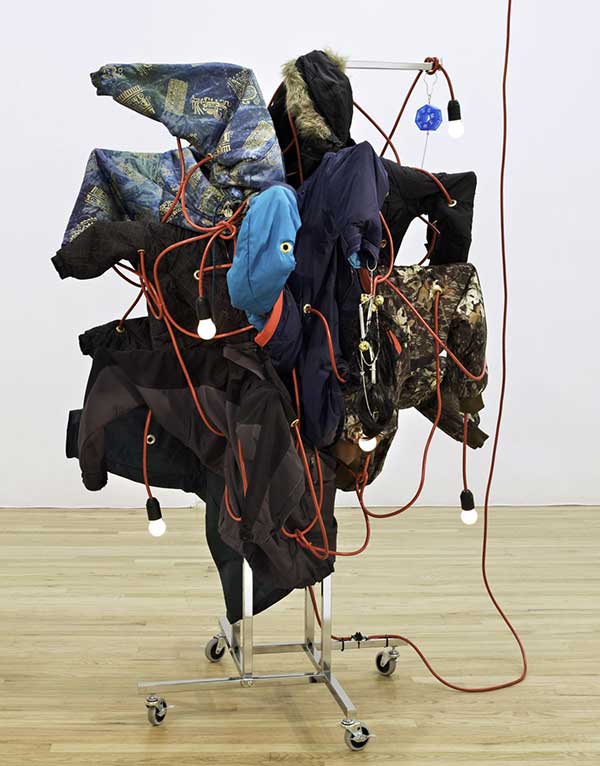
Wild in Aspen: Wrapping up the Season, 2011
Four-way straight-arm clothing rack (chrome) on casters with nineteen arms, light bulbs (frosted), cable, bells, wigs, pillbox, chain, folder clips, winter coats, and jackets, 182.9 x 91.4 x 91.4 cm
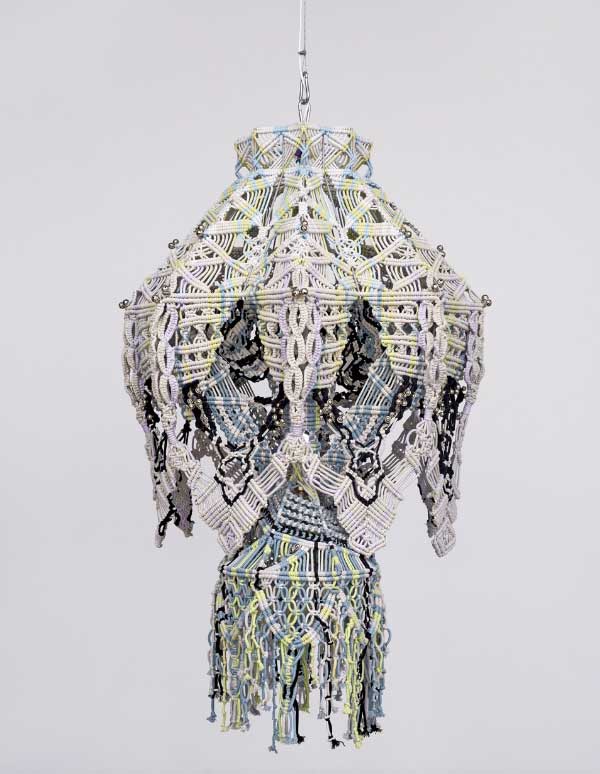
Biped Chalky of Innate Black, 2015
Cotton twine, dyeing, steel frame, powder coating, lampshade frames, steel wire, nickel plated bells, light bulbs, cable, 140 × 90 × 90 cm
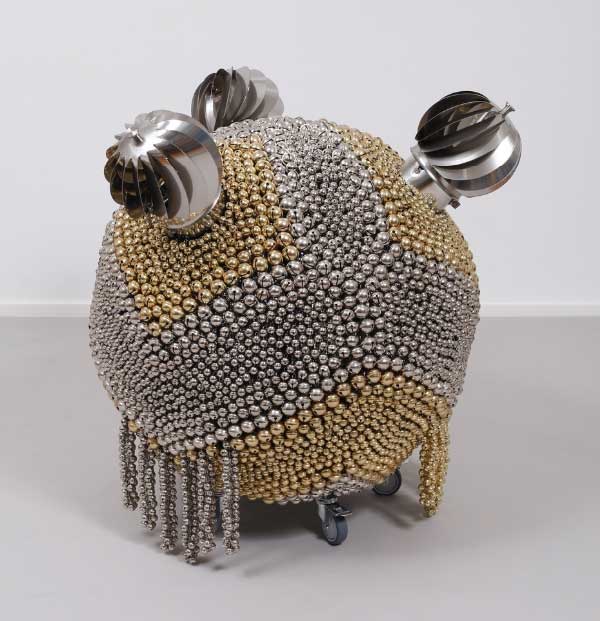
Sonic Sphere with Enthralling Trio – Diagonally-sectioned Brass and Nickel, 2016
Steel stand, metal grid, powder coating, casters, brass plated bells, nickel plated bells, metal rings, turbine vents, 93 × 87 × 89 cm
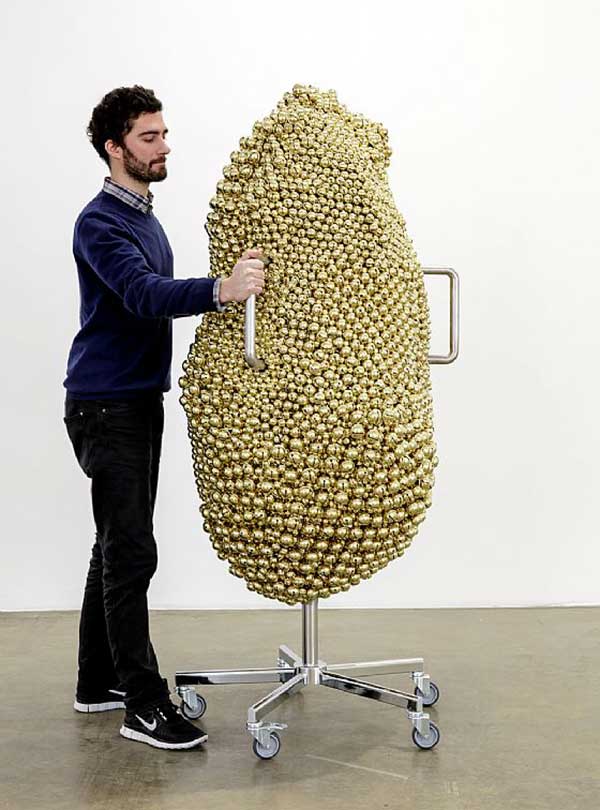
Dance - Lunar-side Up, 2014
Steel stand, powder coating,brass plated bells, nickel plated bells, metal rings, 192 x 94 x 102 cm
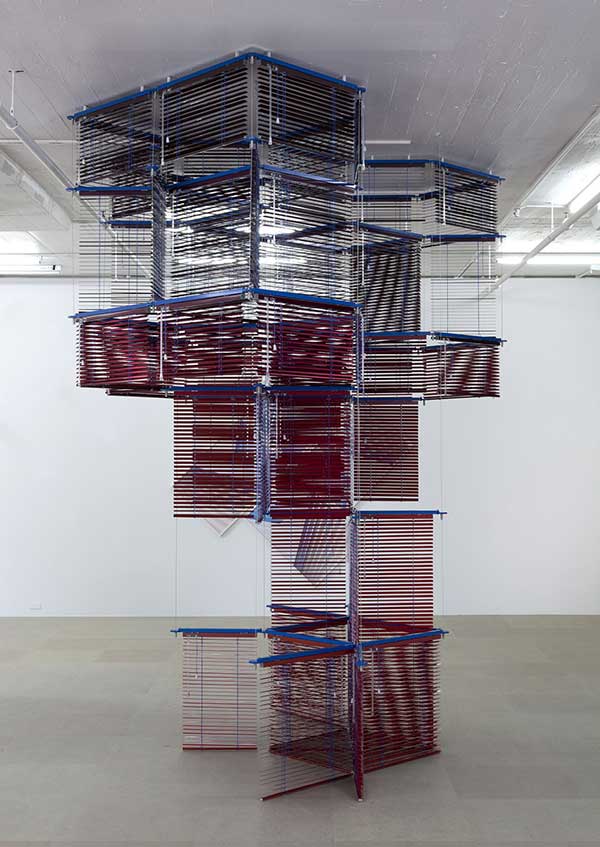
Tower on String - Facing New York, 2012
Aluminum Venetian blinds, powder-coated aluminum frame, 348 x 304.8 x 254 cm
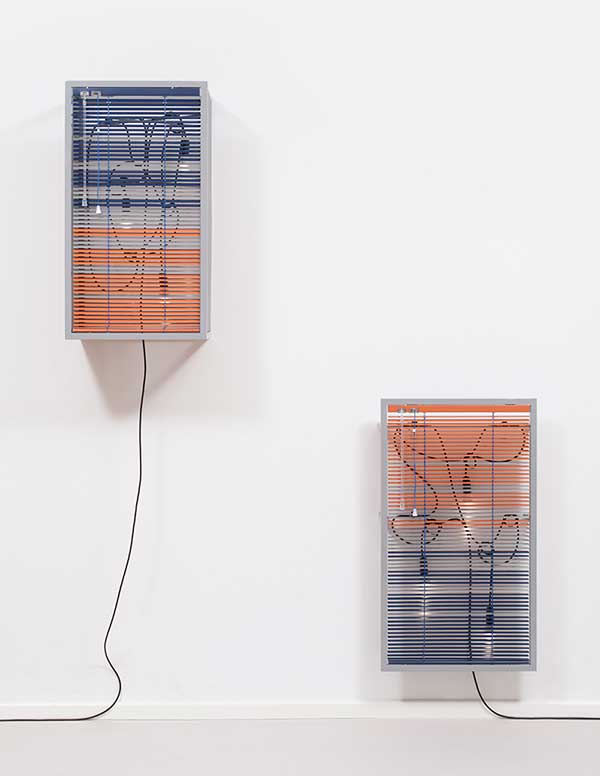
Jahnstraße 5, 2017
Installation, 5-parts, Aluminum Venetian blinds, aluminum frame, powder coating, perforated aluminum plates, light bulbs, cable
Dimensions variable, Edition 5/5, left: Kitchen boiler 80 x 44 x 32, right: Kitchen radiator 91 x 51 x 12
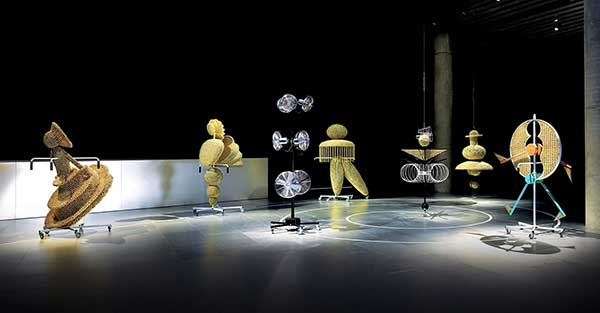
Installation view, Shooting the elephant thinking the elephant, Leeum, Samsung Museum of Art, Seoul, Korea, 2015
Internationally renowned artist Haegue Yang creates installations that include photographic, video, and sculptural elements, and are informed by the artist’s philosophical and political investigations. Responding to the places where she exhibits, Yang creates site-specific new work that incorporates both the architecture of the exhibition space and materials gathered from the region. Her highly refined and yet completely particular sense of materiality, combined with an elegant sense of space and atmosphere, contribute to her enveloping and resonant installations.
Haegue Yang (born December 12, 1971) is a South Korean artist. She lives and works in Berlin and Seoul. Yang often uses standard household objects in her works, and tries to liberate them from their functional context, and apply other connotations and meaning to them. “Linguistic and didactic processes” are central features of her work. Much of Yang’s artworks attempt to provide sensory experiences through abstract narratives.
Haegue Yang

